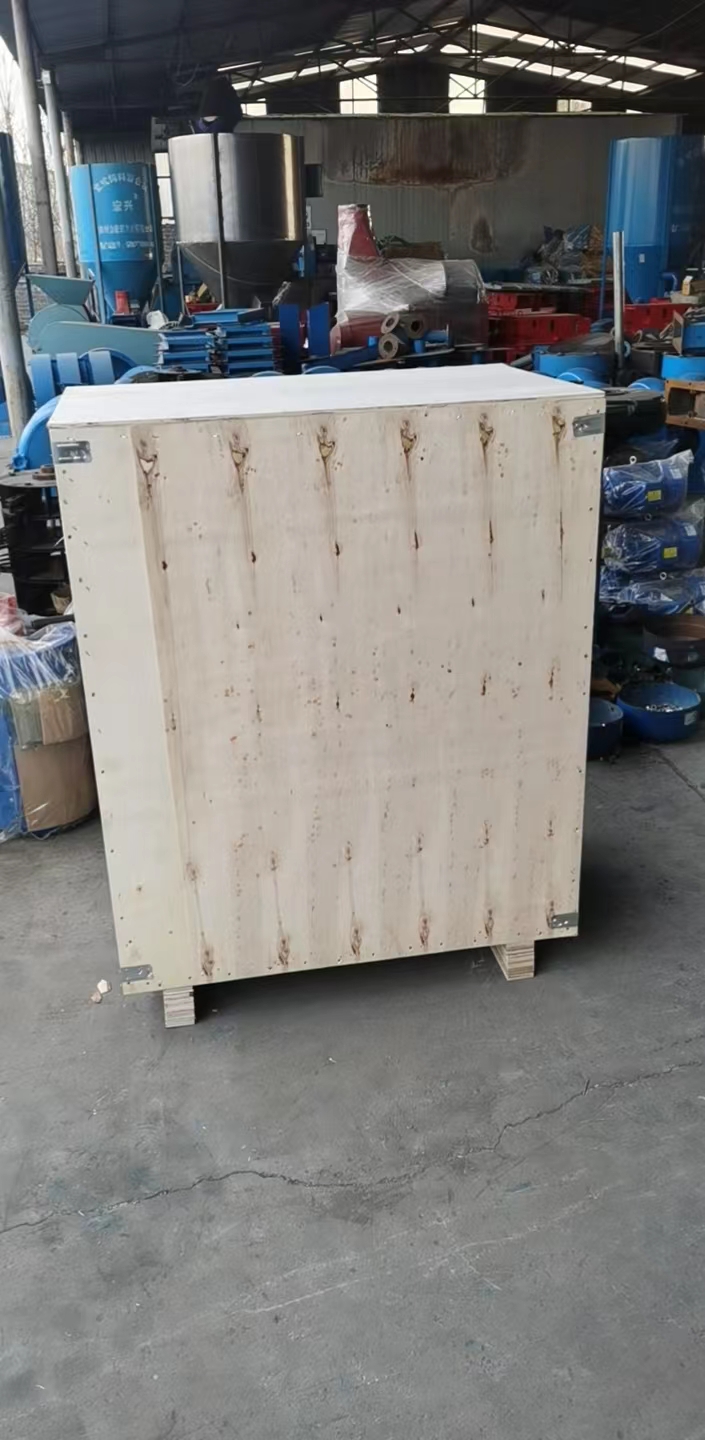free range poultry housing
Sep . 14, 2024 18:42 Back to list
free range poultry housing
Free Range Poultry Housing Enhancing Welfare and Sustainability
Free range poultry housing has gained significant attention in recent years as consumers increasingly prioritize animal welfare and sustainable farming practices. This approach allows chickens, ducks, and other poultry to roam freely outdoors, providing them with a more natural environment compared to traditional confinement systems. This article explores the benefits of free range poultry housing, its design considerations, and its impact on the poultry industry.
One of the most compelling advantages of free range housing is the enhanced welfare of the birds. In free range systems, poultry can engage in natural behaviors such as foraging, dust bathing, and socializing with other birds. These behaviors are crucial for their psychological well-being and result in healthier, happier animals. Studies have shown that free range chickens tend to exhibit lower levels of stress and aggression, leading to improved overall health and higher-quality meat and eggs.
Furthermore, free range poultry housing has positive implications for environmental sustainability. By allowing birds access to outdoor spaces, they can forage for insects, seeds, and grasses, helping to reduce the need for supplemental feed. This not only lowers feed costs for farmers but also decreases the environmental impact associated with feed production. Additionally, poultry can contribute to soil health through their natural behaviors, as their droppings can act as a fertilizer, promoting biodiversity and reducing the need for chemical fertilizers.
free range poultry housing

Designing an effective free range poultry housing system requires careful planning. The housing must provide adequate protection from predators, weather conditions, and disease. Structures should be well-ventilated, spacious, and equipped with nesting boxes and perches to ensure the birds' comfort. The outdoor range needs to be spacious enough to accommodate the flock while providing access to natural vegetation to enhance their foraging experience. Ideally, farmers should also rotate grazing areas to prevent overgrazing and maintain the health of the land.
Despite the many benefits, free range poultry housing also presents challenges. Farmers may face issues related to predation, biosecurity, and fluctuating market demands for free range products. Additionally, the initial investment in building suitable housing and infrastructure can be significant. However, with the increasing consumer demand for ethically sourced products, the long-term benefits often outweigh the challenges.
In conclusion, free range poultry housing represents a positive shift towards more humane and sustainable farming practices. By providing poultry with the space and environment to thrive, farmers can contribute to the overall well-being of the animals, produce high-quality products, and promote a healthier ecosystem. As awareness grows, it is essential that the poultry industry continues to adapt and evolve to meet consumer demands for ethical and sustainable food sources, paving the way for a future where animal welfare is at the forefront of agricultural practices.
-
Automatic Feeding Line System-Pan Feeder Nipple Drinker|Anping County Yize Metal Products Co., Ltd.
NewsJul.29,2025
-
Hot Sale 24 & 18 Door Rabbit Cages - Premium Breeding Solutions
NewsJul.25,2025
-
Automatic Feeding Line System Pan Feeder Nipple Drinker - Anping County Yize Metal Products Co., Ltd.
NewsJul.21,2025
-
Automatic Feeding Line System Pan Feeder Nipple Drinker - Anping County Yize Metal Products Co., Ltd.
NewsJul.21,2025
-
Automatic Feeding Line System - Anping Yize | Precision & Nipple
NewsJul.21,2025
-
Automatic Feeding Line System - Anping Yize | Precision & Nipple
NewsJul.21,2025






